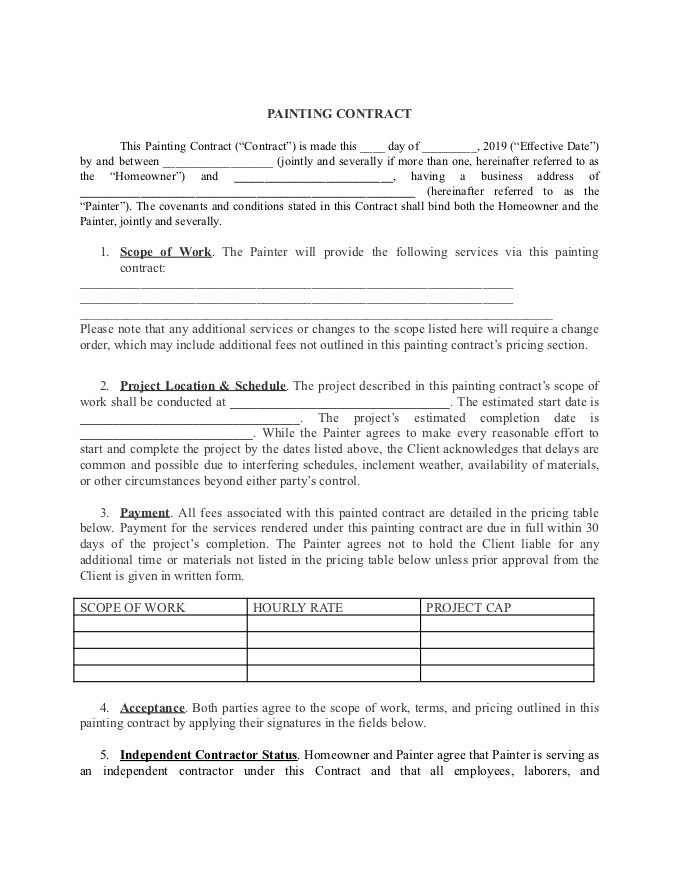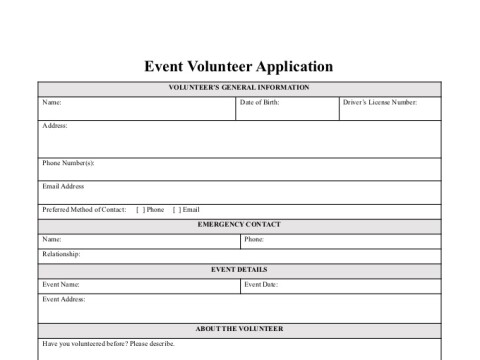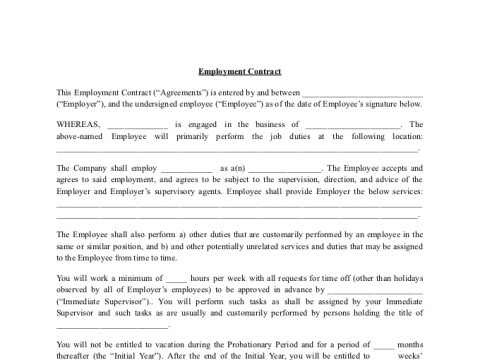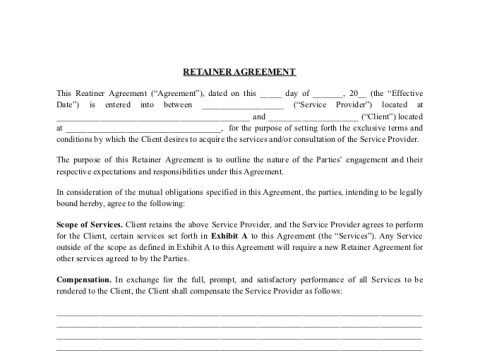Tips and Suggestions for Properly Setting Up Your Professional Painting Contracts
Looking for a painter contract template to use for your business? We’ve got a template ready to be customized for your needs today.
Download Template
When properly drafted, a painting contract provides a complete list of expectations and specifics of the job you plan to perform. Whether you are just starting your painting business or you are a seasoned professional, a well-crafted contract can save time, money, and potential legal problems.
Here’s What We’ll Cover:
- What an Ironclad Painting Contract Includes
- What to Consider Including in a Painting Contract Template
- Avoiding Job Scope Creep
- Useful Resources
What an Ironclad Painting Contract Includes
In order to make sure the terms and conditions of your contracts are fully laid out in plain English for your client, there are some basic sections which must be included. Having this information laid out in a sensible manner can make using painting contract templates a win/win for your business.
- Client and Contractor Name and Contact Information
- Detail of Services to be Provided
- Cost Breakdown of Labor and Supplies
- Address of Property Where Work is to be Performed
- Estimated Work Schedule
- Date of Starting Project and Projected End Date
- Status of Painter (e.g. independent contractor, not employee)
- Payment Schedule and Expectations
- Insurance, Permits, and Local Requirements
- Change of Contract
- Governing Venue/Arbitration
- Signature Page with Names and Date of Signature Collection
Things to Consider Including in a Painting Contract Template
In addition to standard contract clauses there are some additional items which you may consider adding to a painting contract template. Make sure you validate any clauses which specific state laws may require you to include in a contract which may not be included in a standard painting contract template.
- Service Details — if you detail each of the services you will be providing along with estimates of time, the client will be less likely to question your every move. Preparation time, cleanup time, and painting time will help put into perspective the scope of your work as well.
- Specific Techniques — if the client has requested any special painting techniques, or if there are techniques you will be incorporating, these should be detailed as well.
- Product Specifics — as part of your overall cost estimate, list the brands and colors of paint and other materials including brushes, rollers, etc. This will help you in the event the total costs are underestimated.
- Right to Subcontract — if you believe you may need help completing the job on schedule, you may wish to provide a clause which indicates you have the right to subcontract part of the job to another party.
- Schedule Changes and/or Conflicts — having an area which defines whether or not a schedule change as a result of a conflict with a previous commitment made by yourself or the property owner can be helpful in the event you believe it may interfere with your successful completion of the job.
- Additions or Changes to Job — be clear about the process which will be required to modify the work which you are contracted to complete. This includes changes in type of product to be used, scheduling changes, or changes to what must be accomplished. No changes should be made unless they are in writing.
Avoiding Job Scope Creep
One of the dangers of working on a painting project is the “small” items which a property owner may ask you to “touch up” while you are working on the items agreed upon in your contract. It should be made clear from the outset that job scope creep is unacceptable and advise the client they are more than within their rights to ask you to modify a contract to include additional work. However, avoid getting yourself into situations where you are doing a touch up project or it can impact the overall project timeframe.
Completing the Legal Aspects of a Painting Contract Template
There is no contract which is binding upon both parties without the most important part being completed and that is the signature page.
Once you have a firm painting contract agreed to by you and the client, you need to ensure it is signed. Nitro makes it simple to collect signatures. Simply customize the painting contract template to meet your specific needs, and send it to your client. eSigning removes workflow barriers to get your signed contract returned. Start your free trial of Nitro today.
Useful Resources


